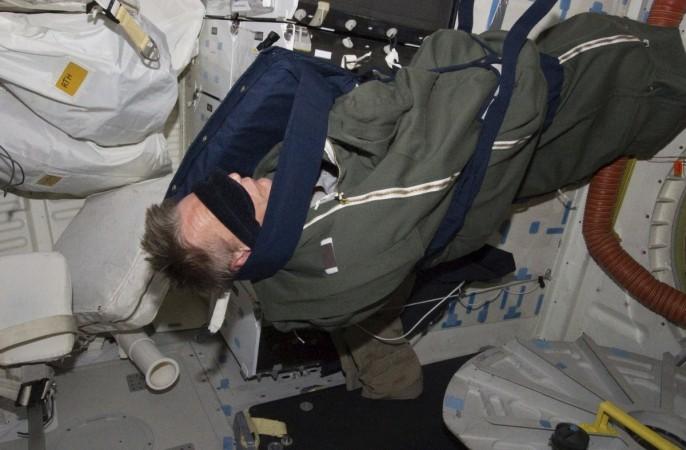
Carrying astronauts to distant destinations in the universe has been a major challenge faced by space agencies. Scientists have now come up with the idea of keeping astronauts in cryostasis or hibernation for months or even years at once.
Also Read: NASA astronaut claimed he saw dead aliens after infamous Rosewell UFO crash! [VIDEOS]
SpaceWorks Enterprises is working towards creating torpor which will leave the astronomers in a state of deep sleep or hibernation for long spans of time. This can be possible in the next one or two decades.
Science fiction film Passengers had also shown the usage of hibernation being applied on astronomers in their space travel.

The main issues faced when it comes to elongated manned space missions are -- providing room to the spacefarers and keeping them healthy and fit. Also, keeping the astronomers mentally fit in a limited space for a long duration turns out to be a cause of concern.
In January, NASA was experimenting with induced hypothermia, which results into torpor. Hypothermia refers to a condition in which the body temperature dips below safe limits.
If a successful hibernation system can be developed, various risks can get depleted when it comes to long-term space travel. The elongated space missions to the ISS have revealed various health issues faced by astronomers, like weakening of bones and muscles. Exercising aids in curbing the issue to a very limited extent.
Manned mission to Mars can take 150 to 300 days, depending on the spacecraft's velocity. With the help of the hibernation system, the requirements of the astronauts can be reduced while keeping them fresh and healthy when they reach their destinations in space.
"Our concept is really inspired from a variety of sources, ranging from common depictions of long-term space travel in science fiction, to rare stories of human survival under extreme conditions (cold weather exposure, underwater submersion, airplane stowaways, etc.), and animal hibernation," John Bradford, president and chief operating officer of SpaceWorks Enterprises, was quoted as saying by Seeker.
"In looking further into the question of hibernation, we identified a current medical practice of therapeutic hypothermia (or targeted temperature management, TTM) as a possible approach to sustaining long-term metabolic suppression and human stasis. While we can't make humans actually hibernate, we believe we can mimic hibernation — which is all we need," he added.
Funding have been provided by NASA Innovative Advanced Concepts (NIAC), in order to improve the present space technology and come up with better ones in the near future, probably a few decades.
"Our technology is leveraging current medical treatments using mild hypothermia therapy and we plan to advance this capability to support prolonged metabolic suppression. With only minor reductions in core body temperature, we can achieve significant reductions in metabolic rate," Bradford said.
"This approach opens up a variety of new options that can be introduced and applied that address major human spaceflight medical challenges and risk areas such as bone loss, muscle atrophy, increased intracranial pressure, and radiation damage."
"These new options range from enabling the habitat to carry additional radiation shielding due to other mass reductions, permitting the use of neuromuscular electrical stimulation to reduce muscle atrophy, and new approaches and configurations for inducing artificial gravity," he added.
The only major drawback that the researchers are facing is that how human body reacts in space remains unknown. Issues such as infections, hazardous effects of radiation and the effect that long-term sedatives would cause on astronauts are some of the issues that are being looked into by SpaceWorks researchers.
As per SpaceWorks, with the help of the right technology and focus, astronauts could be hibernated in the first manned-mission to Mars in the early or mid-2030s.
The company is thinking of making astronomers switch between being active for some days and hibernating for some weeks during their travel to the Red planet, while the automated system will help them in monitoring the spacecraft.
The spacefarers are likely to have a 500-day stay on Mars during which they would work and switch between working and hibernating while returning to Earth.
"We believe human stasis represents one of the most promising approaches to solving the engineering and medical challenges of long-duration spaceflight," Bradford said.
"System-level engineering analysis has indicated significant mass savings for both the space habitat and propulsive transfer stages. These savings are due to reductions in the pressurized volume, consumables, power, structures, and ancillary systems for the space habitat. The reduced mass then requires significantly less propellant to send the spacecraft to Mars (and back)," he added.

















